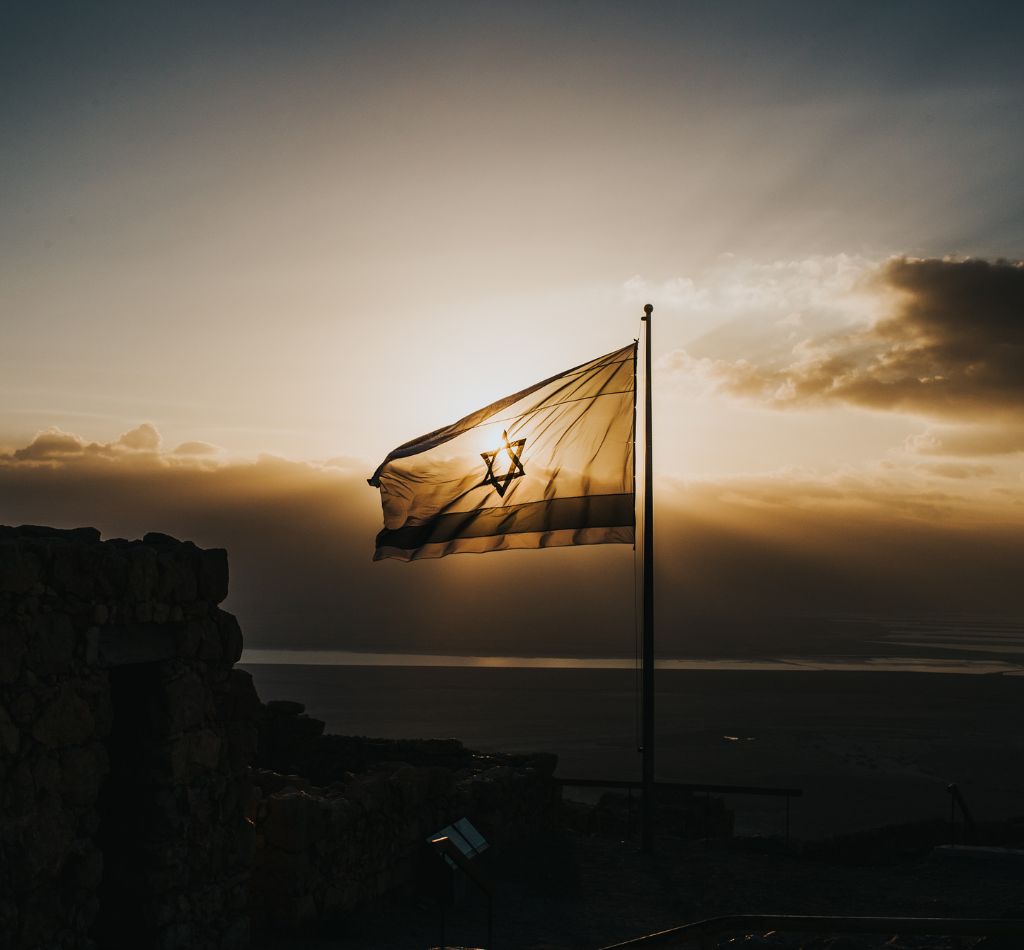
Israel
The Ultimate 7-Day Itinerary
You’re thinking about planning a trip to the Holy Land? – What a fantastic idea. Visiting Israel is something entirely else. The country is so diverse and even for non-religious people, genuinely eye-opening.
I’ve never seen so many different religious beliefs all in one place. Especially in Jerusalem, you’ll be able to experience what I’m talking about. In this guide, I’ll detail everything you need to know before your Israel Trip. In the Israel Itinerary itself, I will suggest what to explore in Israel, including Tel Aviv, Jerusalem, Day Trips to Bethlehem, The Dead Sea, and many other incredible sights. If you’re planning a trip to Israel, you won’t want to miss the chance to explore the fascinating city of Jerusalem. With its rich history and diverse religious traditions, Jerusalem is a truly unique destination that offers something for everyone. Check out this guide to the must-see religious sites of Jerusalem for a glimpse into the city’s fascinating past and present.
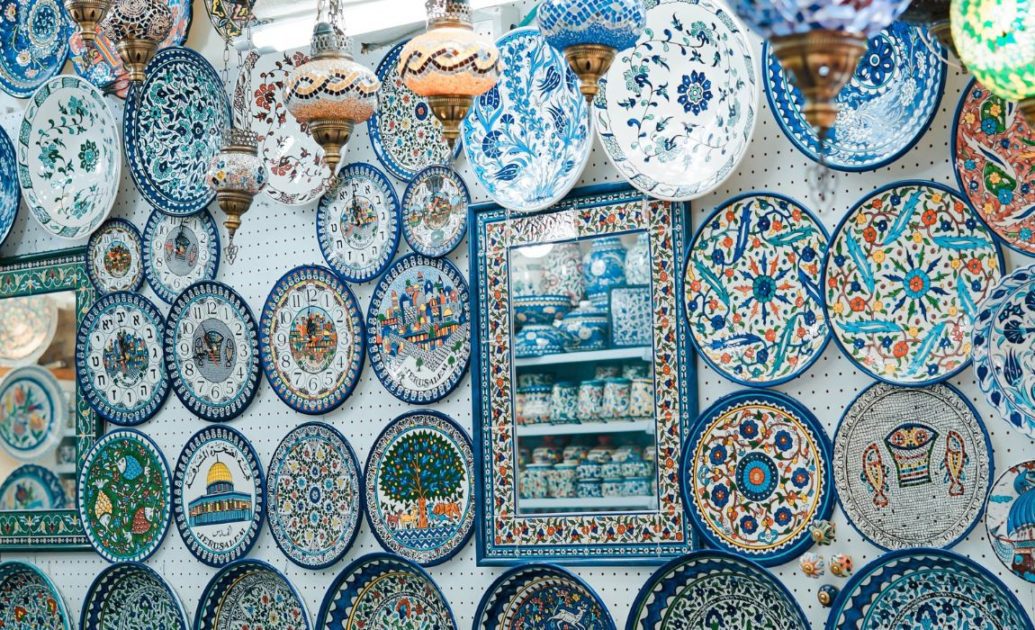
Israel – The Ultimate 7-day Itinerary
Everything you need to know before your Israel Trip
What to pack to visit Israel

When you start packing, keep in mind that the climate in Israel is dry and (very) hot – even in winter, the temperatures are around 15°C! Summer temperatures go as high as 46°C, although 35°C is not uncommon even in spring and fall.
Modest Clothing – Israel is probably the most religious country in the world, and you will visit some sacred sites on your Israel trip – It could be a synagogue, church, or mosque. For this reason, you will need to pack modest clothing.
As a woman, you should pack a shawl, wrap or scarf, which you can use to cover your head and shoulders. It is also advisable to pack skirts or dresses that go below your knees. Shoulders should also be covered and not have a deep cutout.
For men, it is essential to take pants that go below your knees and a T-shirt or shirt that covers your shoulders. Tank tops are not allowed to be worn on religious sites.
Day Pack – Take a small and comfortable backpack with you, which you can take on the day trips starting in Jerusalem. It should be large enough for snacks, a light jacket, a camera, a phone, and enough drinking water.
Avoid Slogans – Any clothing with slogans that might point out your political or religious views should be avoided. Israel is a very diverse country, so you should be sensitive to all topics around political or religious issues.
Swimwear – Always pack a swimsuit when traveling to Israel, even in winter. No matter the season, you will probably want to take a dip in The Dead Sea.
Walking Shoes – You will be walking a lot! Especially touring around the Old City of Jerusalem involves a lot of walking. So make sure to pack a comfortable pair of walking shoes.
Sandals or Flip-Flops – Whether for sightseeing or at the beach, you will need a pair of flip-flops or sandals when the sand is hot. Especially at the Dead Sea, the beach and water are full of rough and sometimes even sharp pebbles.
Sun Protection – Having sunscreen, sunglasses, and a sun hat in Israel throughout the year is essential. The sun is super intense in Israel; believe me, you can quickly get a sunstroke.
Rechargers – European and most Asian plugs work in Israeli sockets except for some older ones. If you come from the USA or South America, you will need an adapter for Israel’s plugs. The standard plug-in in Israel is Type H, which can also accommodate Type C.
Packing according to the Seasons in Israel
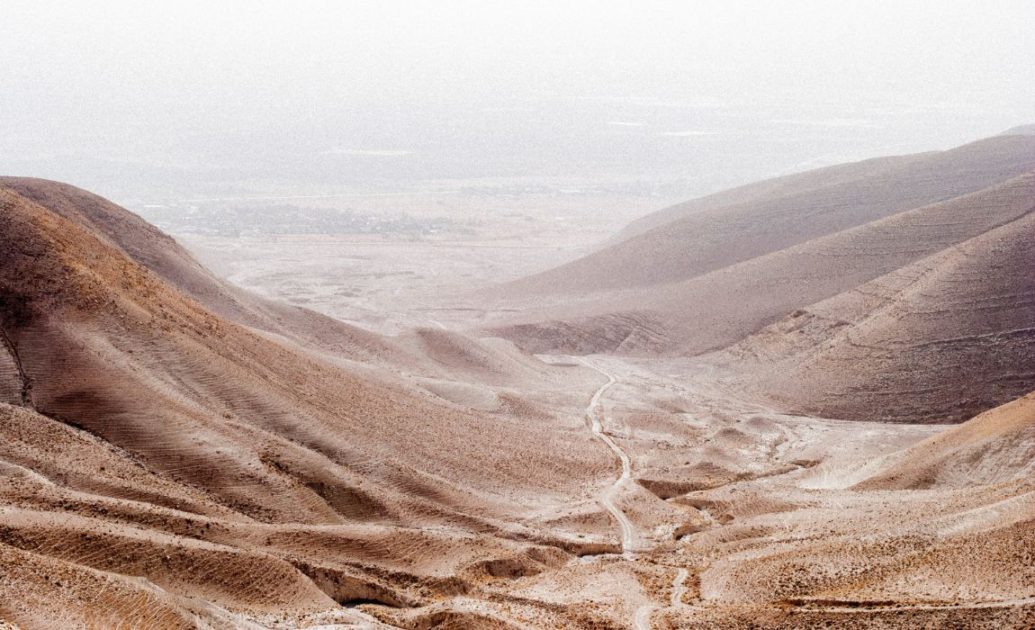
Summer – Be prepared for hot weather from April to October. Take enough Beachwear because it is too hot for anything else but relaxing on the beach. For some cooler nights, include a light sweater, sweatshirt, or light jacket. As mentioned above, you will need sun protection– sunscreen, a sun hat, and sunglasses. I would personally not recommend traveling to Israel in Summer because it is just way too hot.
Autumn – Autumn is perfect for sightseeing since the temperatures are cooler. It might get a little too cool for sandals, so maybe take some comfortable walking shoes. The best advice I can give is to dress in layers. Carry a light sweater or sweatshirt with you but wear T-Shirts and long or short pants.
Winter – Winter means cooler temperatures, clouds, and the occasional rain, although the weather is still warm compared to the rest of Europe. Pack an umbrella and a light waterproof jacket or light coat. You’ll need a sweater, sweatshirt, fleece, closed shoes, long pants, and long-sleeved T-shirts. You might even encounter snow, so check the weather forecast. If this is the case, you’ll need gloves, a warm coat, and a warm hat.
Spring – In the spring, the weather is cooler than in summer but still warm enough for shorts and T-shirts – in other words, the perfect weather for sightseeing. Pack a light sweater for the cooler evenings, and if you are traveling at the beginning of spring, bring your umbrella since there might still be some occasional rain.
When to visit Israel
It is best to travel to Israel in spring or autumn – more precisely, between March and May or from September to October. The outside temperatures in the country and in the cities of Tel Aviv, Jerusalem, and Haifa are more bearable but still warm enough to look forward to hopping in the cooler sea.
Is Israel expensive?
Israel is definitely not a cheap travel destination. The price level is mainly above Germany´s, sometimes even significantly higher. Somewhat more affordable, however, is the local and long-distance public transport.
– Currency: The currency in Israel is the Israeli shekel (NIS).
– ATMs: You will find ATMs everywhere in the country, and getting cash is no problem in Israel.
– Credit cards: Credit cards are also widely accepted. With Mastercard or VISA, you will get along well.
Israel in 7 days – The Full Israel Itinerary
Day 1: Arriving in Tel Aviv
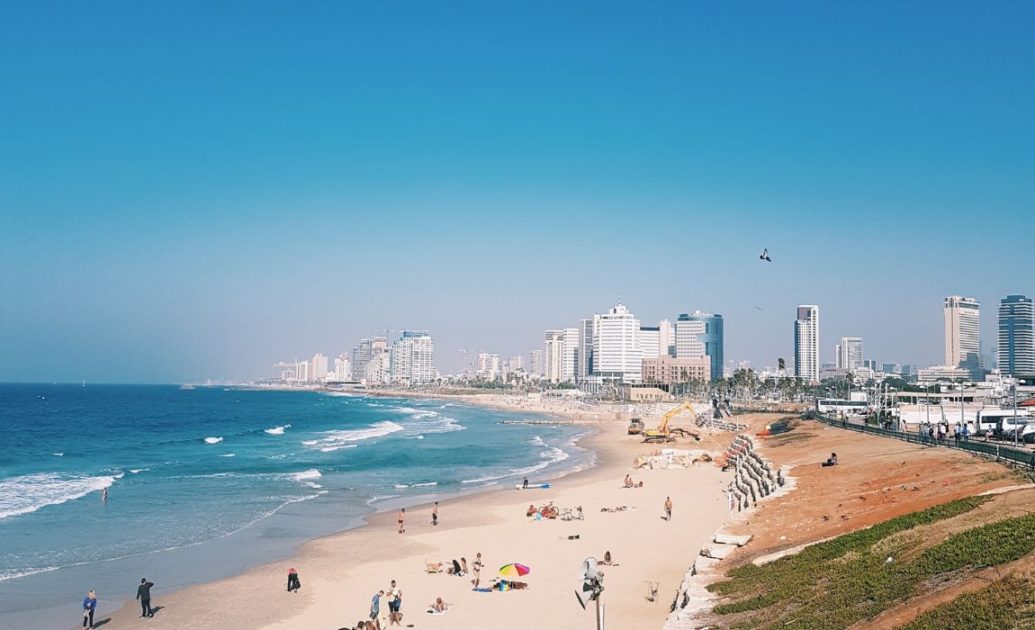
You start your trip through Israel in Tel Aviv. Before entering the country, you do not need to take care of anything special. You only need a passport, which is valid for at least 6 months after leaving the country. Children under 12 years of age need their own children’s passports. You only need a visa to enter Israel if you want to stay 3 months in the country. This rule applies to the majority of all Western countries.
Passports are usually not stamped. You get an entry and exit card. But more about that later. Vital for you: You will get the final entry permit at the border crossing points and at the airport, or not. This is decided by the local officials. In most cases, there are no problems with the entry to Israel.
You will receive your entry card (blue slip) when you enter Israel. Keep it safe because you will need it when you leave the country at the latest. When leaving the country you will receive an exit card (red slip). Your entry and exit are electronically stored by the Israeli authorities.
You will arrive at Ben Gurion Airport. It is located about 15 km from the center of Tel Aviv and is considered the most important international airport in Israel. Ben Gurion International Airport, named after the first Prime Minister of Israel, is known worldwide as one of the safest airports.
Once the entry has gone smoothly, head towards the center of Tel Aviv. The airport shuttle is an affordable and reliable option for transportation to and from Ben Gurion / Tel Aviv Airport. Using the shuttle buses is quick and stress-free and can be arranged in advance.
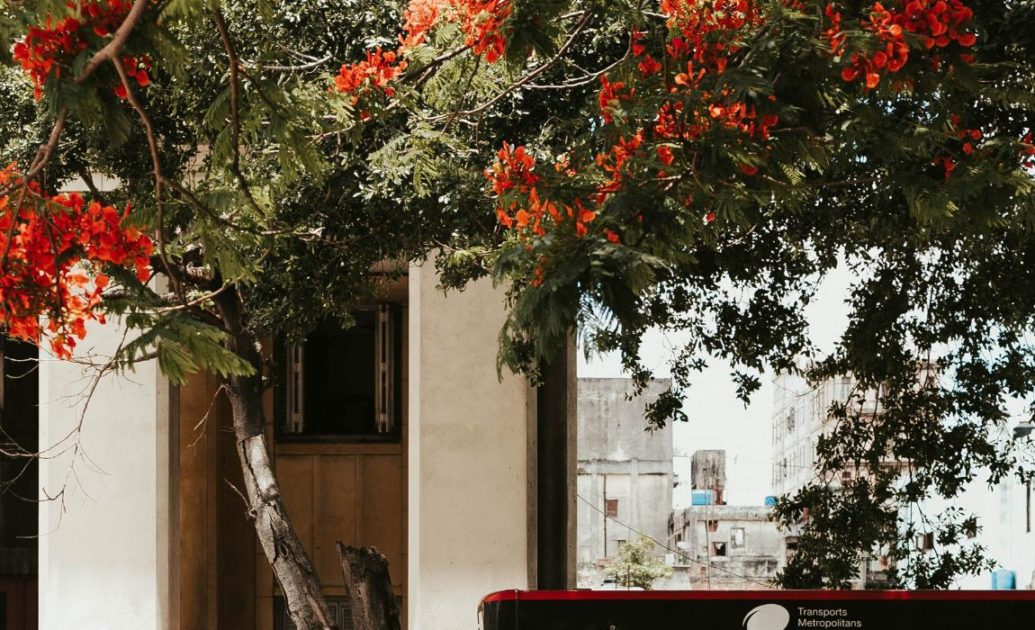
If you are still looking for accommodation in Tel Aviv, I recommend the following accommodations in the different price categories.
Hostel: Jungle Jaffa
Cheap Hotel: Central Hotel
High-End Hotel: Brown Lighthouse Tel Aviv
After you have checked into the hotel, arrive at your leisure. Perhaps stroll a little through the streets or make a detour to the beach. Tel Aviv has a variety of amazing culinary restaurants for dinner. Here is a small selection:
Day 2: Jaffa – Tel Aviv
Trendy, liberal, and dynamic – this is the best way to describe Israel’s second-largest city Tel Aviv. Located on Israel’s Mediterranean coast, the city has grown rapidly in recent years and attracts more than 2 million tourists a year. Even if Tel Aviv cannot score with great and famous sights, the city has a lot to offer.
09:00 a.m.
Start your city tour in Jaffa, the old city of Tel Aviv. Here you will find many restored stone buildings from the Ottoman period, which now house several galleries, boutiques, and restaurants. Walk through the narrow streets and explore the Al Bahr Mosque, Kedumim Square, and the Franciscan Monastery of St. Peter. Just off the old town is also the pretty port.
10:30 a.m.

Continue to the Agami district for the popular flea market. Here you can find books, household goods, and clothes at bargain prices. The flea market is held every day except Saturday.
11:00 a.m.
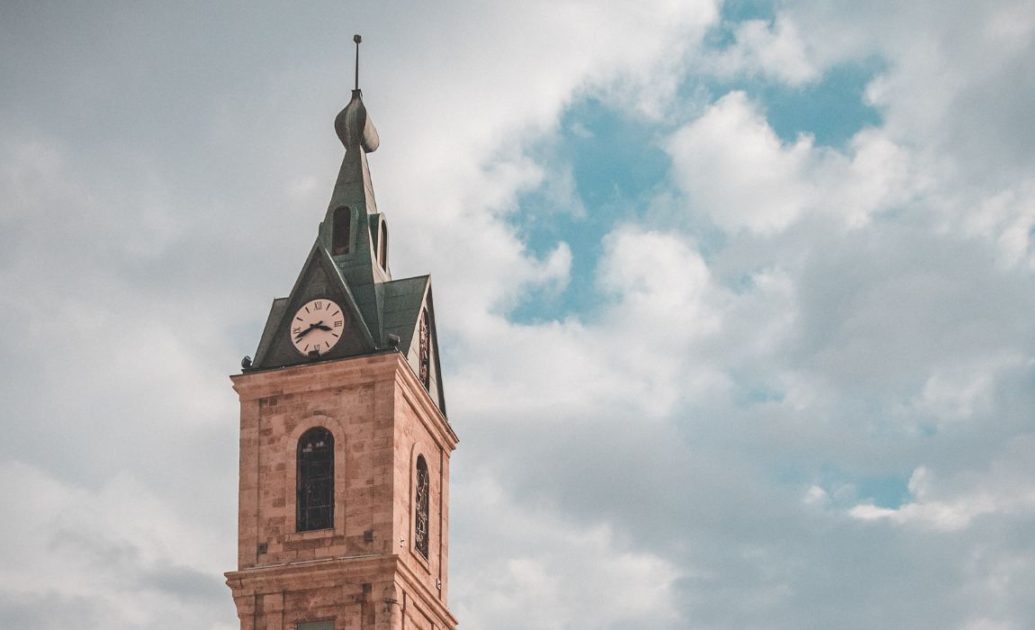
Near the flea market is the clock tower, one of Jaffa’s landmarks. From there, you walk to the beautiful seafront, where you can enjoy a great view of Jaffa.
12:00 p.m.

Your next destination is the old Tel Aviv train station, which was still in operation until 1948. The station has been transformed into a hip cultural district with chic restaurants and trendy boutiques.
1:30 p.m.
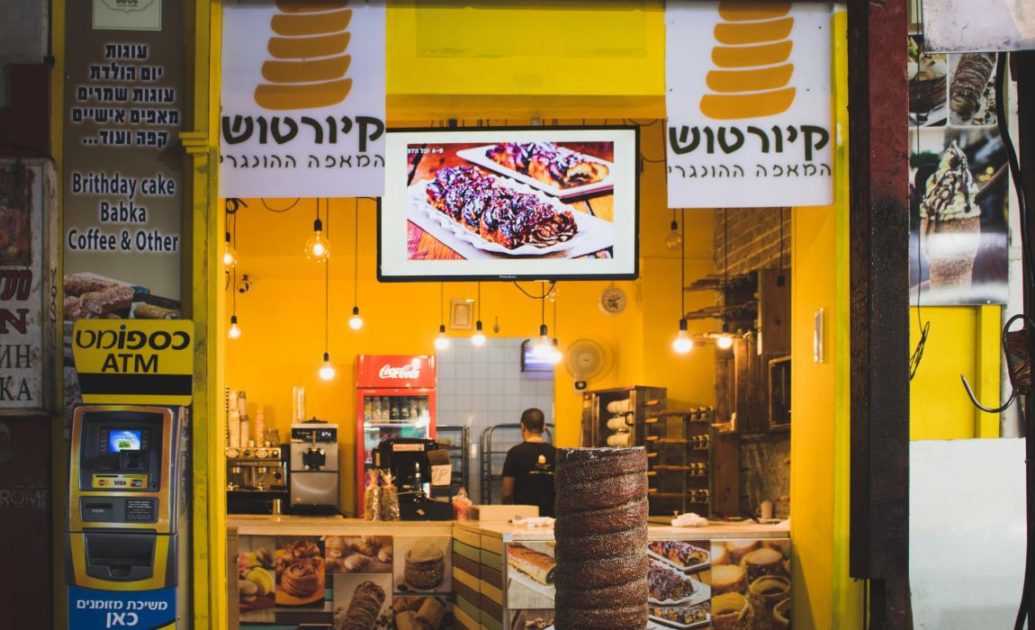
Next, head to the lively and famous Carmel Market. It is the largest fruit and vegetable market in Tel Aviv. Meanwhile, the market is also home to numerous souvenirs, housewares, and jewelry stalls. There are also plenty of food stalls. This is a great place to take a lunch break and sample Israeli delicacies. If you want to be inspired by the variety of fruits, vegetables, and spices, this is a must-stop. The smells of freshly baked bread, coriander, curry, and cumin fill the air.
3:00 p.m.
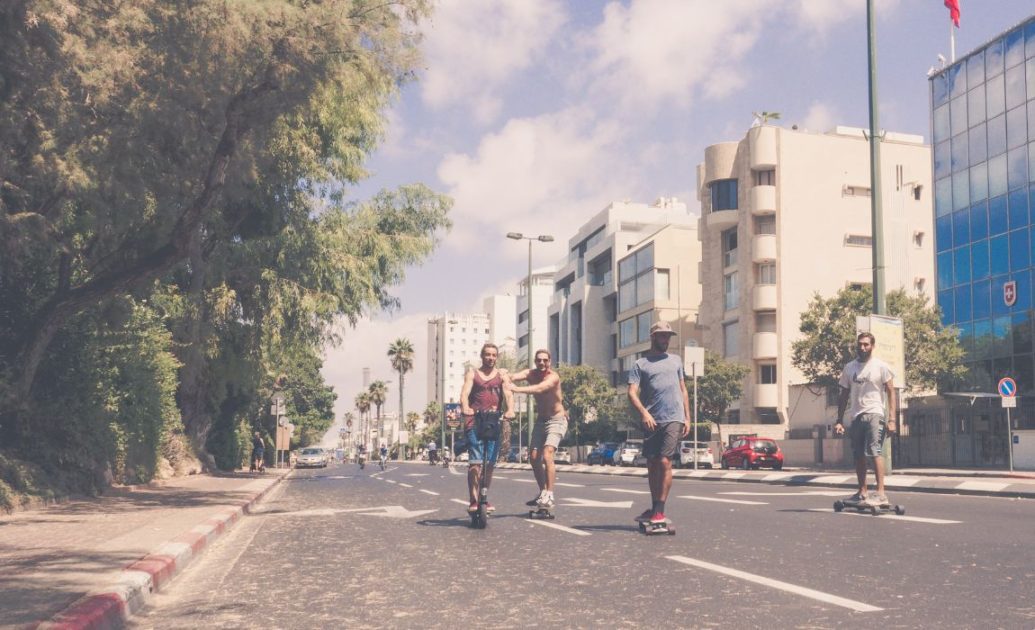
Continue to the fabulous Rothschild Boulevard, probably the most famous street in Tel Aviv. Here are numerous pretty Bauhaus buildings, galleries, and first-class restaurants. The end of the boulevard is marked by Habima Square with its Charles Bronfman Auditorium and the Habima Theater.
Day 3: Jerusalem
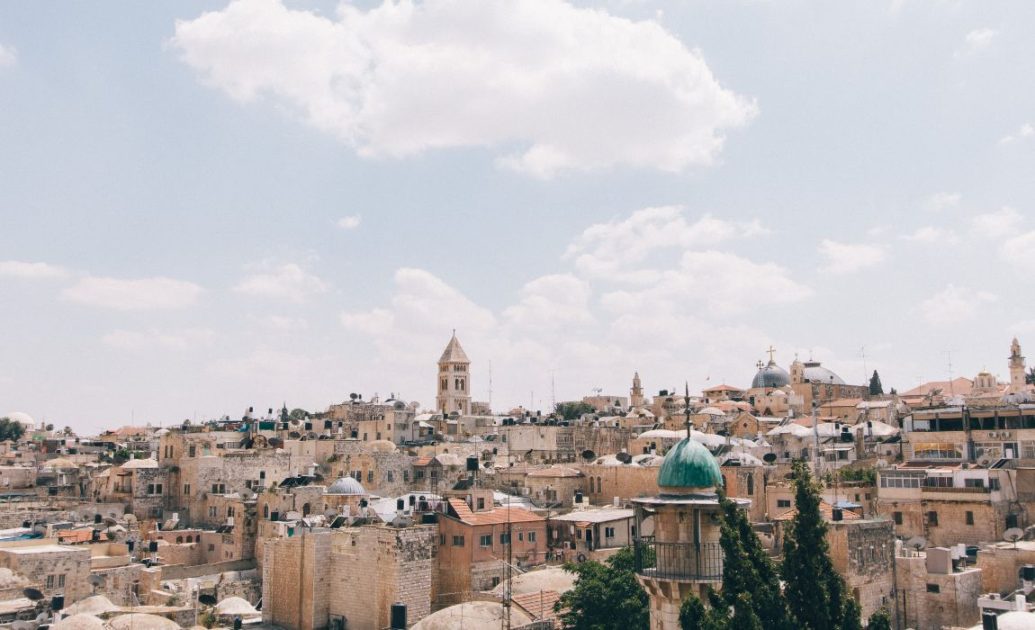
Pack your things, because today it´s time to move to the Holy City of Israel…at least for a couple of days. Tel Aviv and Jerusalem may be worlds apart, but it’s really easy and fast to travel from Tel Aviv to Jerusalem. The Tel Aviv – Jerusalem railroad line was officially launched on September 25, 2018. The line runs from HaHagana station in Tel Aviv to the new Yitzhak Navon station on Shazar Street in Jerusalem. The journey takes approximately 30 minutes.
Once arrived in Jerusalem, make your way to your hotel. It can be challenging to figure out where in Jerusalem you should stay, but it’s well worth the effort. Jerusalem is a vast city divided into a wide variety of neighborhoods, each of which has its unique allure. You have a wide variety of alternatives, whether you are interested in staying at one of the posh hotels in the heart of the city or one of the charming flats on a peaceful residential street.
Options for accommodation in Jerusalem
The legendary Dan Boutique Jerusalem Hotel has received acclaim worldwide for the hip looks of its interior design and the chill vibe it exudes. The Old City can be reached on foot from this hotel in about twenty minutes, making it very appealing to younger tourists. There are also several other places to stay, such as the Harmony Hotel and the Stay Inn Hostel.
Start your exploration with the ancient city of Jerusalem, which is undoubtedly the most significant part of the city to see since here is where most of the city’s most notable attractions are located.
The Old City of Jerusalem is where tourists will discover some of the most intriguing historical monuments in all of Jerusalem. These attractions include the Western Wall, the Church of the Sepulcher, and the Dome of the Rock. This region is less than one square kilometer in size, making it a manageable size that is simple to navigate. You will find yourself in the midst of a collision of Jewish, Islamic, Armenian, and Christian cultures as you are surrounded by some of the world’s most famous structures associated with religious practice. Every section of the city has its own distinct personality based on the religion and customs prevalent there. In this blog article, you can also find a more detailed description of the must-see religious sights of Jerusalem.
The narrow streets of the Muslim Quarter smell as wonderful as the spice bazaar in Istanbul. Here you can buy mainly souvenirs and there is a lively hustle and bustle. Anyone who suffers from claustrophobia is clearly out of place here.
The Church of the Holy Sepulchre
The Church of the Holy Sepulchre is located in the heart of the Christian Quarter of Jerusalem. It is considered one of the holiest sites of Christianity. According to tradition, this is where Jesus was crucified, died, and was buried. Today, the Church of the Holy Sepulcher is administered by six Christian denominations. At the top are the Greek Orthodox, the Armenian Apostolic, and the Roman Catholic churches. The latter is represented by the Franciscans. In the 19th century, the Coptic Church of Egypt, the Syriac Orthodox Church of Antioch, and the Orthodox Tewahedo Church of the Ethiopians were added. Protestant denominations are not present in the church. There are often disagreements among the priests of the different denominations. There is a fight for every inch of the church.
At the Church of the Holy Sepulchre ends the so-called Via Dolorosa, the path that Jesus had to walk before his crucifixion. Nine of the 14 Stations of the Cross are located along the Via Dolorosa.
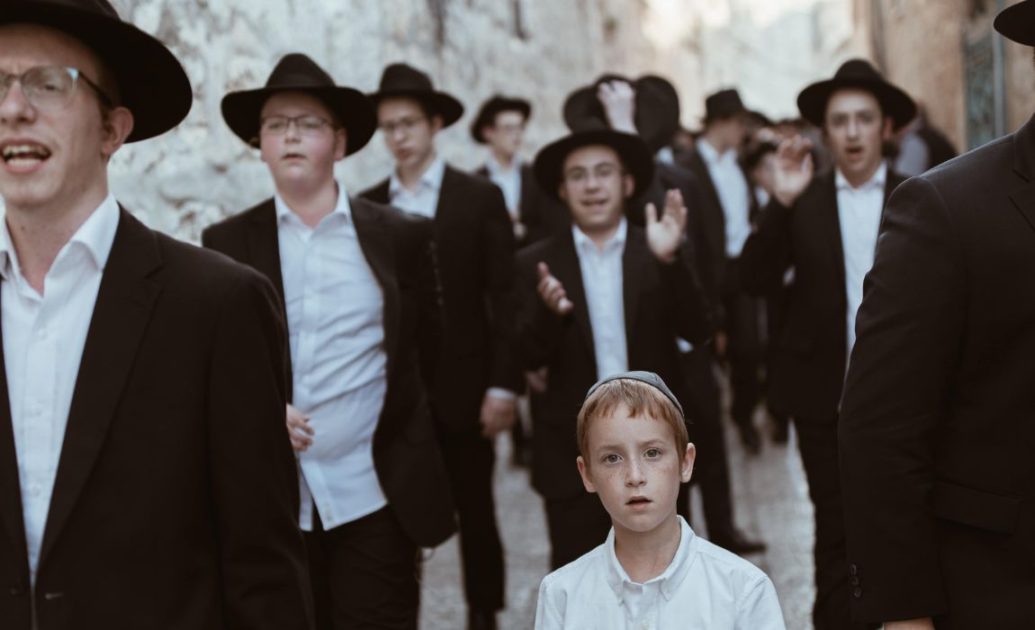
The Western Wall
The visit to the Western Wall is a very emotional experience. This place is one of the holiest sites for Jews. The wall is the last preserved part of a temple, which is an important, Jewish sanctuary. The Wall is at the foot of the Temple Mount, where the impressive Dome of the Rock with its golden dome and the al-Aksa Mosque stand. The wall can also be walked underground. Jews and believers from all over the world come to the Wailing Wall to pray or to express wishes and gratitude. These are written on small pieces of paper and placed in the cracks of the wall. The notes are then taken out several times a year and buried on the Temple Mount.
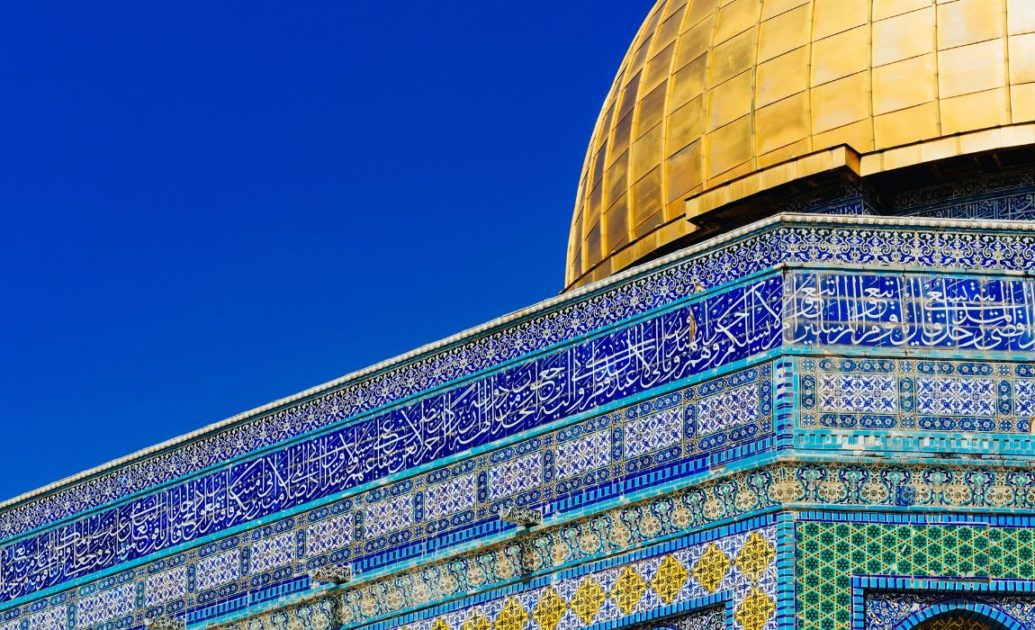
The Temple Mount
Visible from afar, the Temple Mount with its golden glittering Dome of the Rock is something like the architectural landmark of Jerusalem. The Temple Mount is a hill that rises behind the Wailing Wall. It houses, among other things, the Al-Aqsa Mosque as well as the Dome of the Rock with its golden dome.
More than any other place in Jerusalem, the Temple Mount is considered a site of tension. The Dome of the Rock is the third holiest Islamic shrine after Mecca and Medina, but the site is also considered sacred by Judaism and Christianity.
Usually, however, you can visit the Temple Mount at certain times (outside prayer times). You only have to pass a security check. It is best to find out the exact opening hours in advance. The mosque and the Dome of the Rock itself may only be visited by members of the Muslim faith. Those of other faiths must also enter the Temple Mount via the Mughrabi Bridge (right next to the Wailing Wall), although there would be eight other gates.
For a tasty dinner, there are many food vendors in the Jewish Quarter, which are located in close proximity to the Wailing Wall. In addition to traditional Middle Eastern food such as shawarma and falafel, fast food options also exist in the Jewish Quarter, such as at Burgers Bar or “Holy Bagel”. Those looking for a more traditional ambiance can try the Jewish Quarter Cafe, a restaurant located in close proximity to the Wailing Wall.
Day 4: Day Trip to Bethlehem
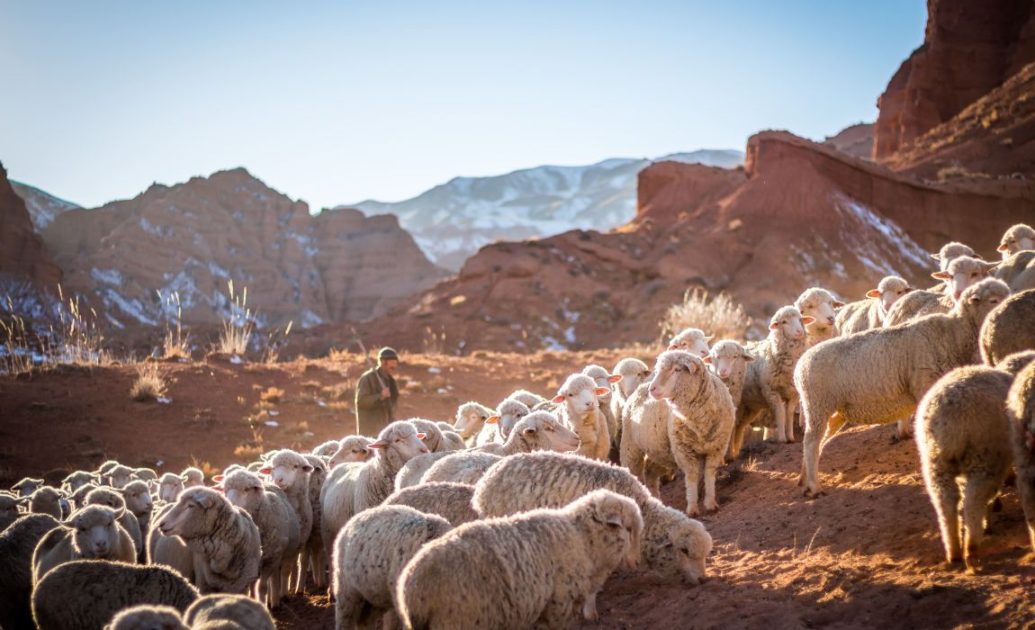
The narrative of the birth of Jesus Christ in Bethlehem has been dramatized in innumerable Nativity plays and Christmas songs, but the true history of the little town is far more nuanced. Before it became well-recognized as the location where Jesus Christ was born, Bethlehem already had a significant amount of history. It is now at the center of the disagreement between the Israelis and the Palestinians.
The best way to get to Bethlehem is by bus. The Arab Bus 231 runs regularly for 5 shekels from the Damascus Gate in Jerusalem to downtown Bethlehem (except on Muslim holidays).
Here are the things you have to do when visiting Bethlehem:
Church of the Nativity
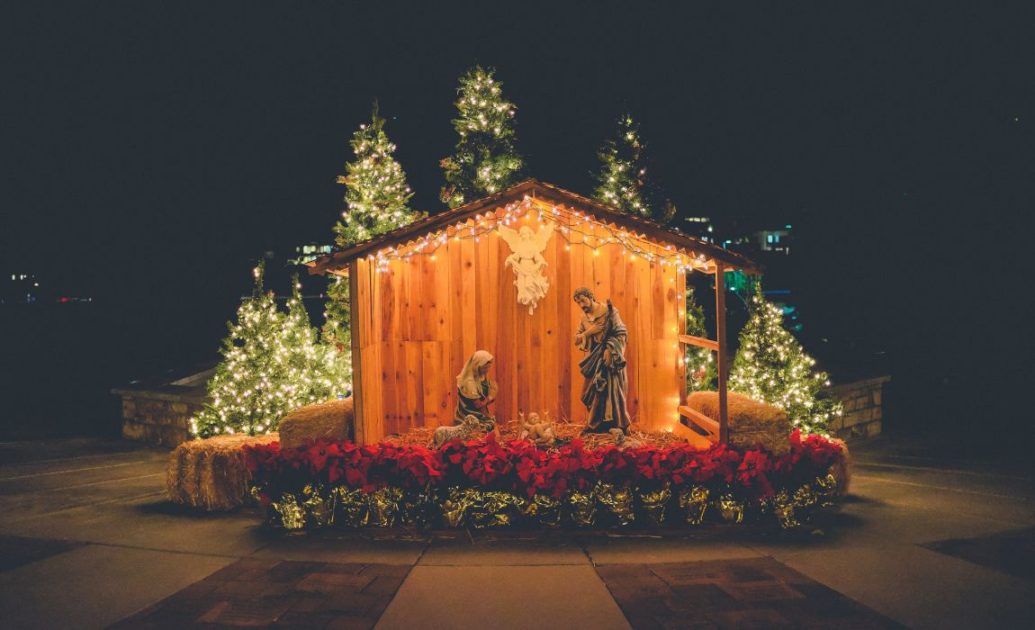
The Church of the Nativity, also known as the Basilica of the Nativity, is a basilica found in Bethlehem, which is situated in the West Bank in the country of Palestine. As the location where Jesus was born, the grotto it includes is regarded by Christians of many different faiths as important to their faith.
Milk Grotto
The Grotto of Our Lady or Milk Grotto, is a Catholic chapel built in 1872 in Bethlehem on the West Bank of the Palestinian Territories. Tradition has it that when Mary was breastfeeding Jesus, she accidentally spilled some breast milk, which turned the dark cave they were in into “Virgin Milk.” Some people believe that it is the location where the Three Kings paid a visit to the Holy Family while they were staying in the grotto and gave their gifts of gold, frankincense, and myrrh to the child, who would later be known as the Divine Child.
Mar Saba Monastery
The Holy Lavra of Saint Sabbas is a Greek Orthodox monastery located in the Bethlehem Governorate of Palestine, in the West Bank, halfway between Bethlehem and the Dead Sea. It is known in Arabic and Syriac as Mar Saba and was historically known as the Great Laura of Saint Sabas. The monastery looks out over the Kidron Valley.
Blessings Gift Shop and The Olive Wood Factory

Visit Blessings Gift Shop and The Olive Wood Factory to peruse an almost inexhaustible array of intricately carved souvenirs and to see the manufacturing process of these items. The Giacaman family, now in its third generation of ownership, continues to operate its licensed olive wood mill, founded in 1925. Take your time to look at the hundreds of handmade things, ranging from crosses to carved animals, all of which are appropriate mementos for your visit to Bethlehem. As you enter, you will be greeted by a friendly member of the staff as well as a beautiful wooden nativity scene. Next door, you can see expert carpenters at work as the olive wood is allowed to dry out naturally.
After a full day in Bethlehem, make your way back to Jerusalem by returning to the spot, where you got off the bus. There is no real bus schedule but the buses drive pretty regularly.
Day 5: Jerusalem
We´ll start day 5 with Israel’s central memorial to the Holocaust and heroism.
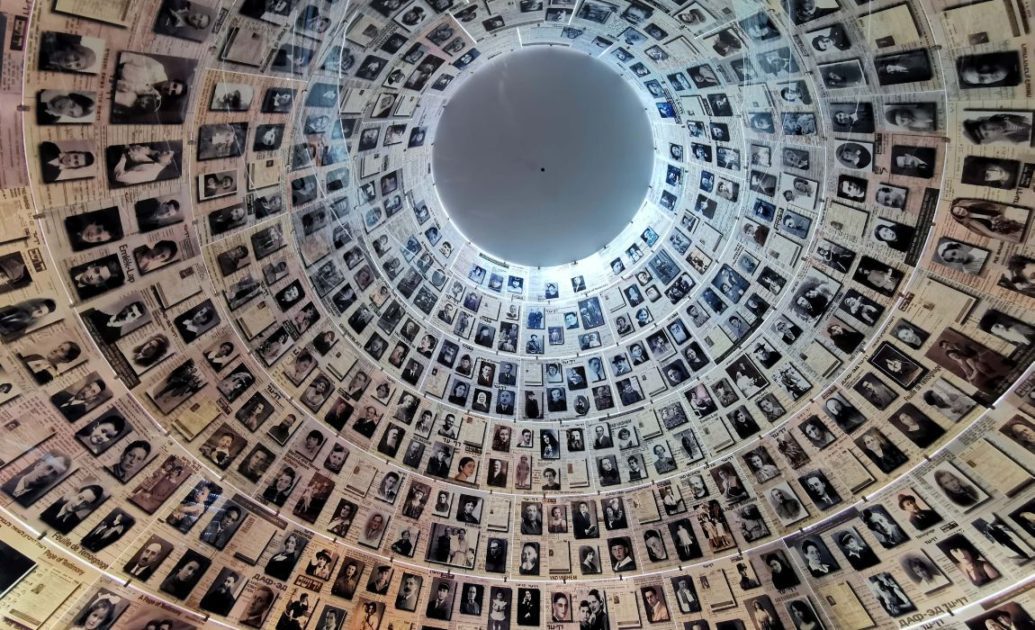
Yad Vashem is the official Israeli monument to the millions of people who perished in the Holocaust. Its mission is to perpetuate the memory of the Jews who were exterminated; to honor Jews who fought against their Nazi oppressors and Gentiles who helped Jews in need without expecting anything in return; and to conduct research into the phenomenon of the Holocaust in particular and genocide in general, to prevent similar occurrences in the future. Visiting here can seem very depressing, but in my opinion is a must when in Jerusalem.
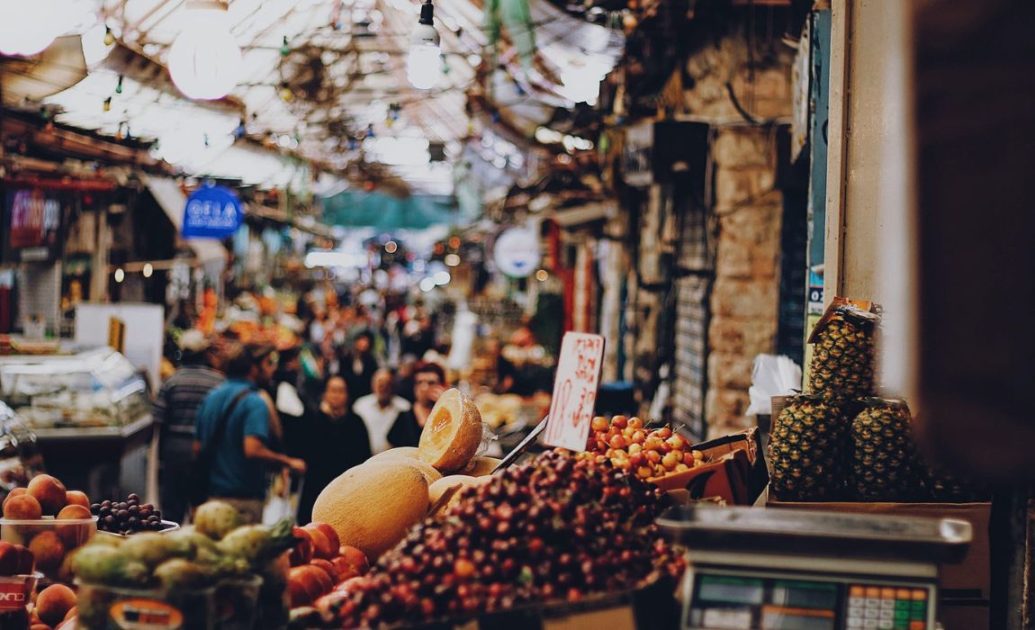
The Mahane Yehuda Market is a true food mecca: nuts and fruit, spices and falafel, tea and halva. And – of course, because we are in Israel – hummus! The best way to enjoy it is by sitting in one of the small restaurants and watching the market hustle and bustle. Highly recommended is the small street bar Jachnun Bar. If you need a little refreshment before visiting the most important sights, then you are right at the Mahane Yuhada Market.
Day 6: Day trip to the Dead Sea
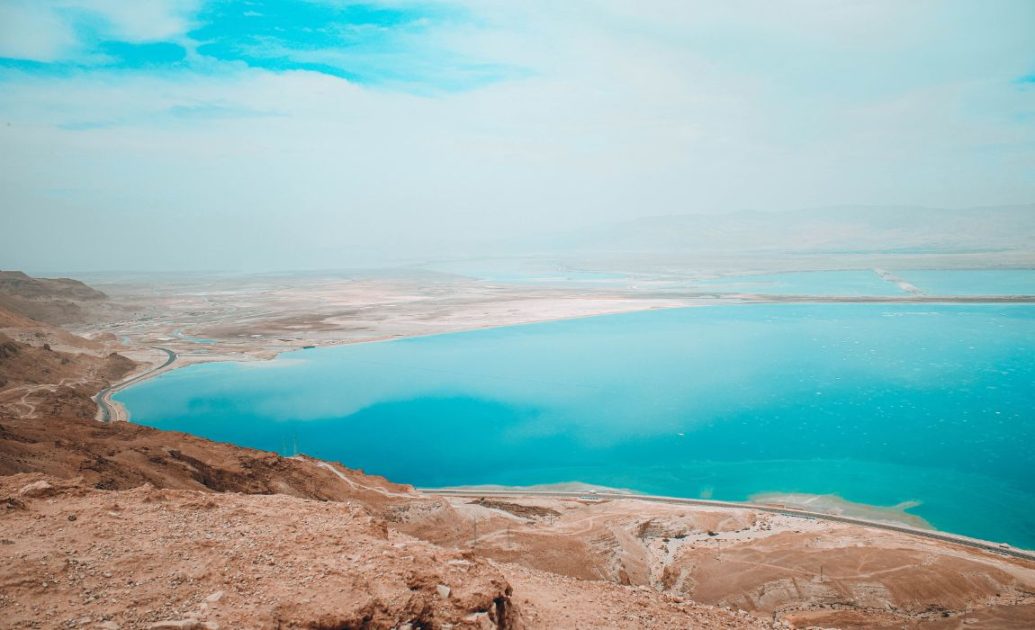
Today it´s time to float in the Dead Sea.
You can choose between taking the bus, a cab, or driving yourself (e.g., a rental car). The bus is the mode of transportation with the lowest cost. Direct service to the Dead Sea, Ein Gedi, and Masada is provided by Egged Bus 486, which departs from platform 5 at the Jerusalem Central Bus Station. About an hour’s drive from Jerusalem will bring you to the Dead Sea, where a beach is open to the public.
For those who prefer having a guide with them, I can recommend booking a tour with GetYourGuide. Simply download the app to access the over ten thousand activities available in hundreds of different locations.
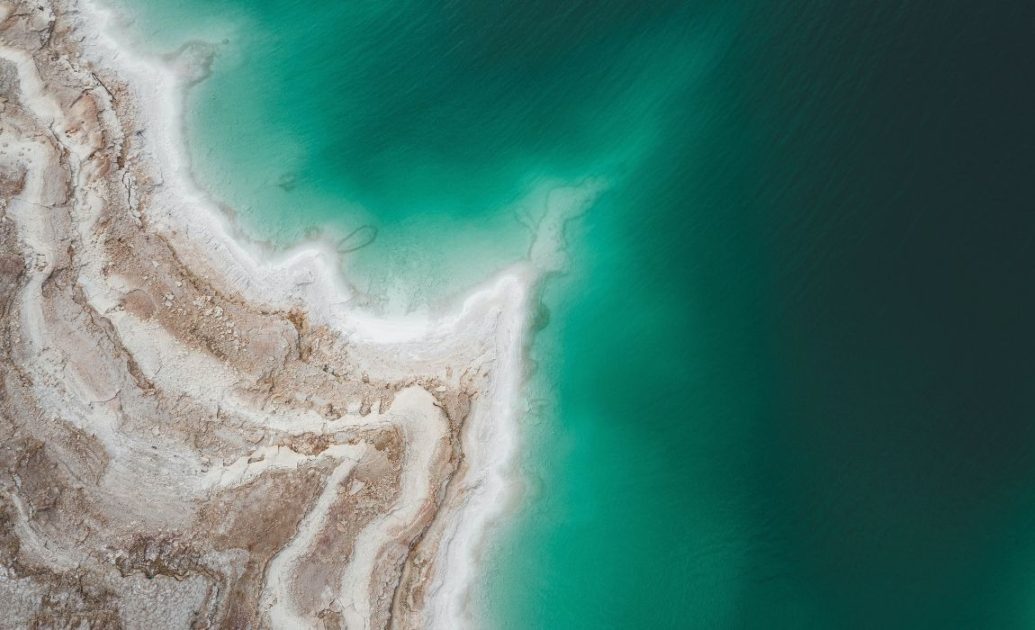
They also offer great tours combining The Dead Sea, Ein Gedi, and Masada. This is the option I chose, and I was not disappointed.
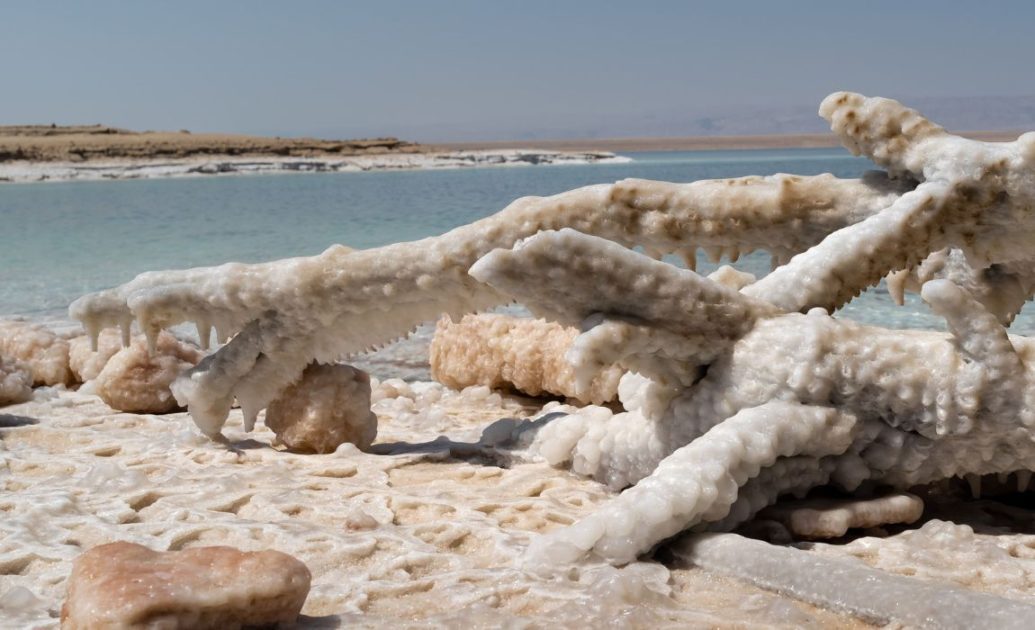
Day 7: Time to leave the Holy Land
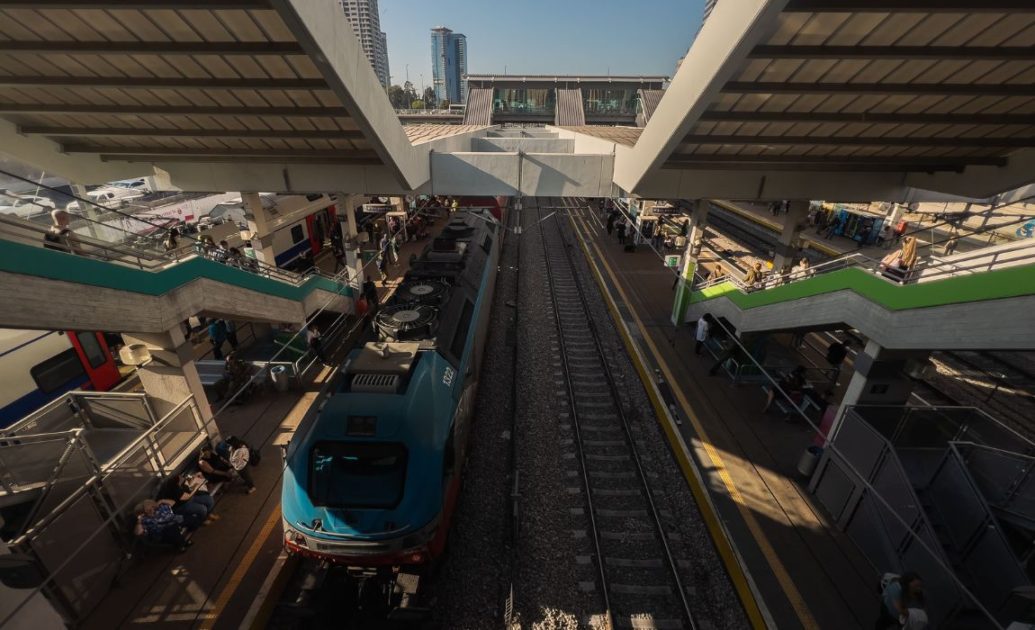
Train travel is the most convenient method to go from Jerusalem to the Ben Gurion Airport Station. Travel time by train between Jerusalem and Ben Gurion Airport Station is about 20 mins over a distance of about 43 km. Jerusalem to Ben Gurion Airport Station train services, operated by Israel Railways, depart from Yerushalayim/Yits’hak Navon in Jerusalem. Schedules on weekends and holidays may vary, so please check in advance.
Wrapping up
Israel is a wonderful country – full of diversity. It truly opened my eyes regarding religious conflicts that still exist today. 7 days is a great time to explore the Holy Land but you can also easily find enough activities to fill 10 days. Here you can find out more about the religious sites of Jerusalem.
This article may contain affiliate links. I receive a small commission when you purchase products or services through these links at absolutely no extra cost to you. This is a free way to support me and allow me to continue to create inspiring adventure travel guides. See my disclosure notice for more information.
